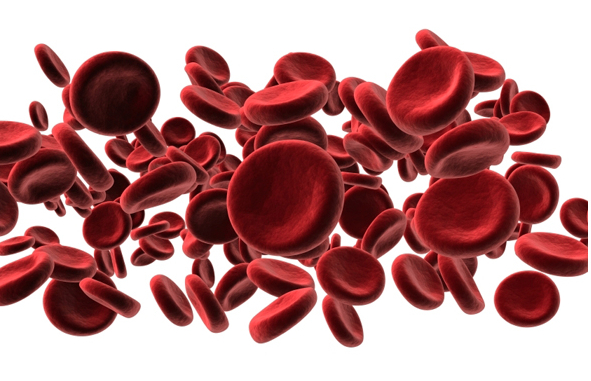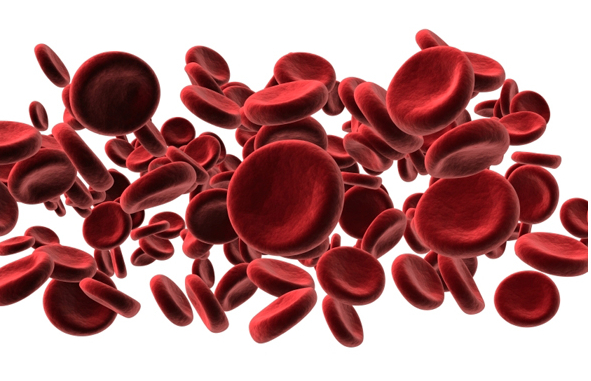Private Cord Blood Banks – the ultimate insurance or the ultimate marketing ploy?


It’s highly unlikely that any pregnant woman today could get through her pregnancy without coming across the savvy marketing efforts of at least one private cold blood bank. Utilising highly emotional language and imagery, these private companies rely on hooking parents-to-be at a very vulnerable point in their lives – the imminent birth of their baby.
As most of us know now, cord blood contains stem cells. The remarkable thing about stem cells is that they have the potential to develop into many different cell types in the body during early life and growth. In addition, in many tissues they serve as a sort of internal repair system, dividing essentially without limit to replenish other cells as long as the person or animal is still alive. When a stem cell divides, each new cell has the potential either to remain a stem cell or become another type of cell with a more specialized function, such as a muscle cell, a red blood cell, or a brain cell.
The central idea behind storing your baby’s blood in a private cord bank is that one day, your child may become ill and you may be able to use those stem cells for treatment. In a sense, it is the ultimate health insurance. Notice my intentional use of italics for the word “may”. Stem cell research is still very much in a nascent stage and what many parents are not being told is that very often, their baby’s own cord blood cannot be used for the treatment of a disease he or she may develop in later life (such as leukaemia) because it is highly likely that the disease is already present in the DNA of that blood and so giving it to the ill child will not cure them.
Flipping through a popular pregnancy magazine this afternoon, I came across an ad for one particular private cord blood bank ad was astounded at the inaccuracies in the copy. “You have only one chance to save your baby’s stem cells – at the time of their birth. The cord blood will otherwise be discarded.”
Umm… Why discarded? What about the cord blood ending up where it is supposed to end up – in the baby?! Parents need to be informed that cord blood collection requires premature cord clamping, and that the blood being collected belongs to their baby.
Some parents are told that they can have it both ways – that they can both delay the cord clamping AND store it. This is simply not true and more to the point, not possible. After the placenta has finished transferring blood to the baby it is difficult to collect even the few mls needed for blood group testing (Rh neg). The minimum required for cord blood collection is 45mls. Anyone can do the maths on that one.
It is estimated that up to one third of the newborn’s blood volume remains in the placenta immediately following birth. By delaying cord clamping and cutting until the cord stops pulsating, you are truly giving your baby the best gift you could ever give them at birth – their own blood.
Can you imagine a single parent consenting to having someone come onto the postnatal ward and sticking a needle into their baby to collect around a third of their blood volume? It’s the same thing… only the needle is in the baby not the umbilical cord.
This is the current recommendation of the Royal Australian and New Zealand College of Obstetricians and Gynaecologists (RANZCOG) on cord blood banking:
“RANZCOG supports the collection of altruistic and directed cord blood donations in at risk families.
The routine collection of directed donations in low-risk families (private Umbilical Cord Blood) banking) must consider both the cost and an uncertain probability of future benefit.”
You can also read an article from the Journal of Perinatal Education (Waller-Wise 2011) discussing the use of stem cells which includes some information about the limitations the cord blood banks don’t share.
If you need further convincing, here are two excellent videos that I can highly recommend.
Penny Simkin on Delayed Cord Clamping:
Mythbusting:
Tanya Strusberg is a Lamaze Certified Childbirth Educator (LCCE) and teaches prenatal education to pregnant women and their partners in Melbourne.
She and her husband Doron have two beautiful children, Liev and Amalia.
To learn more visit www.birthwellbirthright.com
Facebook: https://www.facebook.com/birthwellbirthright










